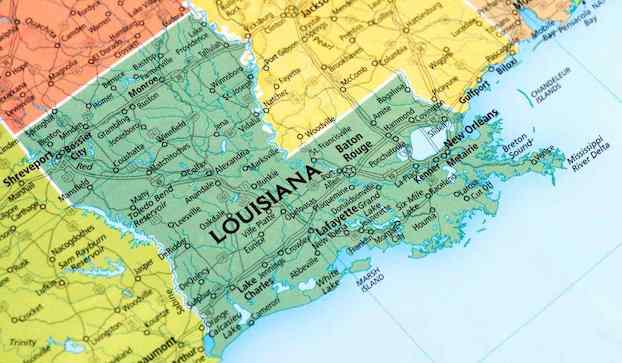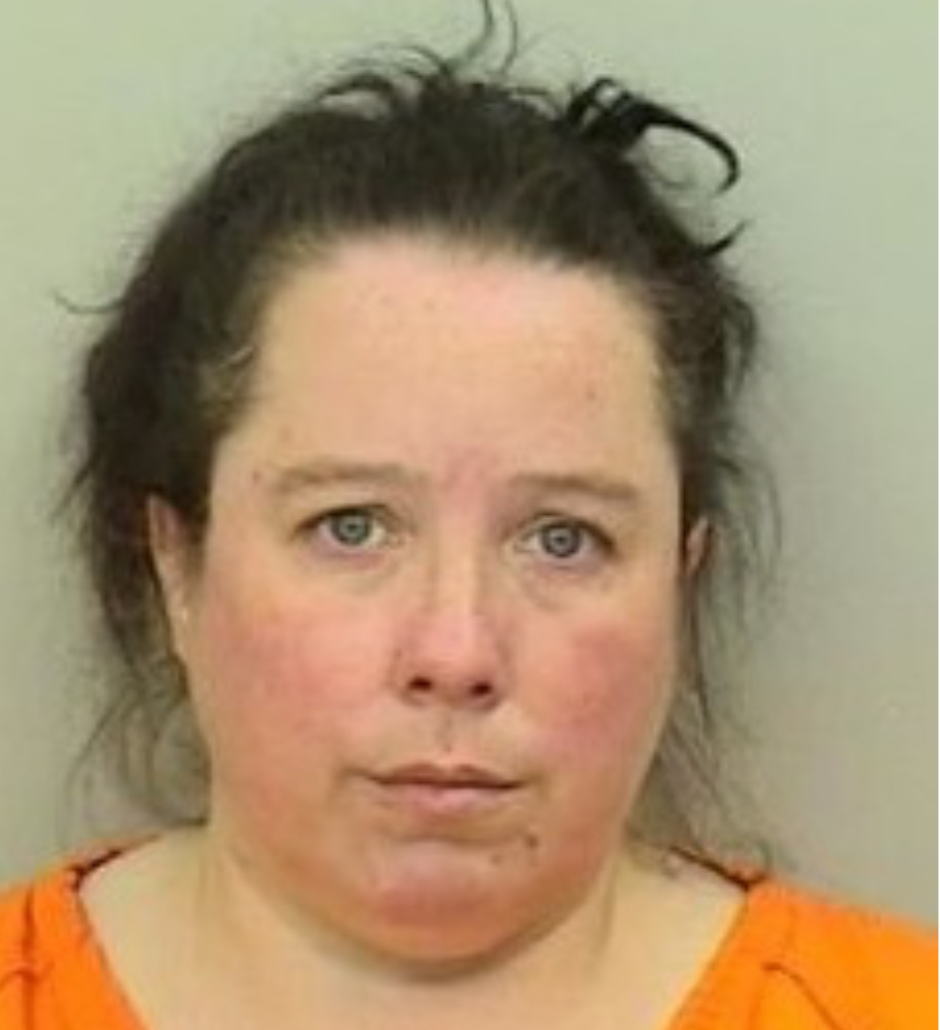US judges have rejected a map that would have given Louisiana a new majority-Black House district
Published 6:48 pm Tuesday, April 30, 2024

- (Special to the American Press)
The 2-1 ruling forbids the use of a map drawn up in January by the Legislature after a different federal judge blocked a map from 2022. The earlier map maintained a single Black-majority district and five mostly white districts, in a state with a population that is about one-third Black.
An appeal of Tuesday’s ruling to the U.S. Supreme Court is likely. Meanwhile, the ruling means continued uncertainty over what the November election map will look like. State election officials have said they need to know the district boundaries by May 15, and the sign-up period for the fall elections in Louisiana is in mid-July.
The new map was challenged by 12 self-described non-African American voters, whose lawsuit said the districts amounted to unconstitutional racial gerrymandering that discriminated against white voters while pulling together disparate areas of the state into one district.
Trending
Supporters of the new map said political considerations, not race, played a major role in the development of the new map, which slashes diagonally across the state, linking Black populations in the northwest, central and southeast regions. And they said it ensures the state’s compliance with the federal Voting Rights Act.
The map maintains safe districts for five incumbents — one Black Democrat and four white Republicans, including House Speaker Mike Johnson and Majority Leader Steve Scalise.
But Rep. Garret Graves, a white Republican representing the Baton Rouge area, sees his district shift from majority-white and Republican to majority-Black and Democratic.
Graves supported a rival of Republican Gov. Jeff Landry in last year’s governor’s race. Supporters of the new plan say that bolsters the argument that the new map was drawn with politics, rather than race, as a driving factor.
The ruling was the latest development in a drawn-out legal battle over redistricting, which happens every 10 years to account for population shifts reflected in census data.
Louisiana’s Republican-dominated Legislature drew a new map in 2022 that was favorable to all six current incumbents. Then-Gov. John Bel Edwards, a Democrat, vetoed the map, but the majority-Republican Legislature overrode him, leading to a court challenge.
Trending
In June 2022, Baton Rouge-based U.S. District Judge Shelly Dick issued an injunction against the map, saying challengers would likely win their claim that it violated the Voting Rights Act. As the case was appealed, the U.S. Supreme Court issued an unexpected ruling that favored Black voters in a congressional redistricting case in Alabama.
Dick sided with challengers who said the 2022 map packed a significant number of voters in one district — District 2 which stretches from New Orleans to the Baton Rouge area — while “cracking” the remaining Black population by apportioning it to other mostly white districts.
Last November, the 5th U.S. Circuit Court of Appeals gave the state a January deadline for drawing a new congressional district. Landry, who was the state’s attorney general when he was elected to succeed the term-limited Edwards, called a special session to redraw the map, saying the Legislature should do it rather than a federal judge.
The new map does not resemble sample maps that supporters of a new majority-Black district suggested earlier, which would have created a new district largely covering the northeastern part of the state.
The opponents of the latest map filed their lawsuit in the federal court system’s Western District of Louisiana, which is dominated by Republican-appointed judges.
Those assembled to hear the case filed in Shreveport were U.S. District Judges David Joseph and Robert Summerhays, both of whom were nominated by former President Donald Trump, and Judge Carl Stewart of the 5th U.S. Circuit Court of Appeals, nominated by former Democratic President Bill Clinton.
Dick was nominated to the federal bench by former President Barack Obama. Joseph and Summerhays voted to reject the new map. Stewart dissented.





